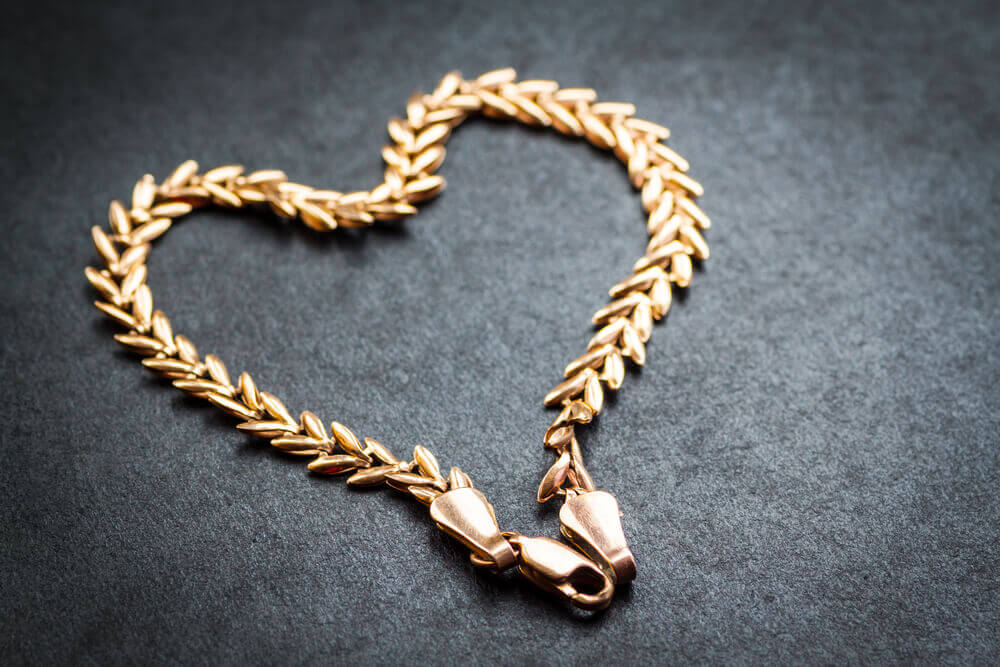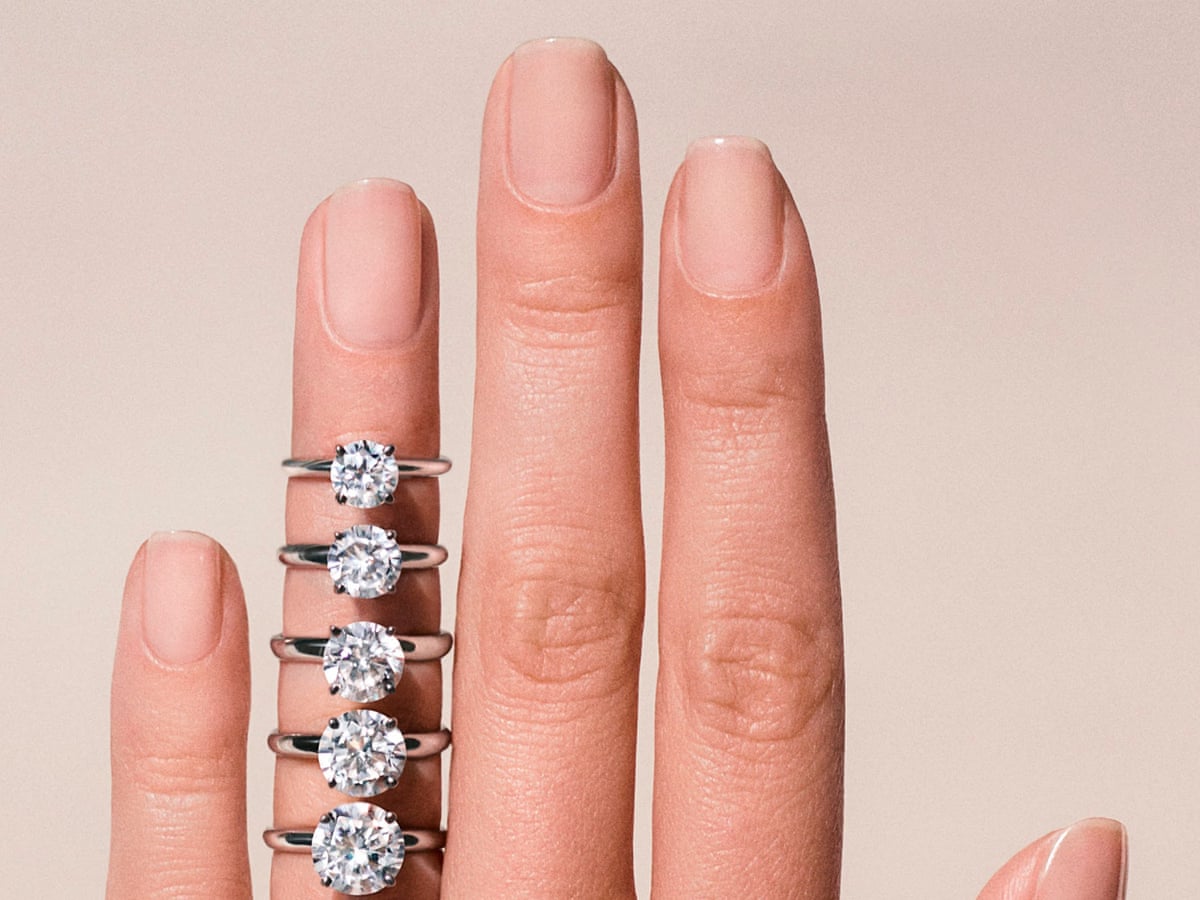GIA vs IGI, Lab Grown Diamonds: Which Grading Report Should You Trust?
Table of Contents
Preface
Navigating the world of lab grown diamonds can feel like stepping into a vast, shimmering macrocosm of specialized terms and instruments. At the heart of it all are two prominent grading labs — GIA (Gemological Institute of America) and IGI (International Gemological Institute). When comparing gia vs igi, lab grown diamonds, buyers frequently wonder which grading report carries more weight, what these reports signify, and how they affect price, trust, and long-term value.
In this composition, we’ll explore the differences and nuances of GIA and IGI grading for lab grown diamonds. We will break down how each organization tests and reports on quality, why that matters for consumers, and what smart shoppers should look for when comparing reports. By doing so, we aim to deliver natural, helpful insights that go far beyond buzzwords.
What Are GIA and IGI? A Detailed Overview
GIA (Gemological Institute of America) has long been considered the gold standard in diamond grading. Established in 1931, this non-profit institute is renowned for its strict, consistent grading protocols. Whether for natural or lab grown diamonds, GIA is frequently seen as the most reliable name in the industry due to its standardized approach and reputation for impartiality.
IGI (International Gemological Institute), founded in 1975, also provides thorough diamond grading services for both natural and lab grown gems. Highly respected worldwide, IGI offers more accessible services to manufacturers and retailers, which has helped it become one of the largest labs in terms of volume.
When assessing GIA vs IGI, lab grown diamonds, it’s essential to understand that both labs maintain rigorous standards. Still, they are not identical, and these subtle differences can impact the report you receive.
Grading Standards: How Do They Compare?
1. Cut, Color, Clarity, Carat – The 4Cs
Both GIA and IGI grade lab grown diamonds using the well-known 4Cs. Still, when comparing GIA vs IGI, lab grown diamonds on these parameters, slight differences may appear:
- Cut: GIA is often perceived as more conservative—stricter in grading cut quality, especially for round diamonds. IGI is known to be slightly more forgiving, particularly on fancy shapes.
- Color and Clarity: Similarly, GIA generally takes a stricter stance. A diamond that earns a high color or clarity grade from IGI might fall one grade lower under GIA’s assessment.
These distinctions reflect the labs’ varying grading philosophies. GIA’s reputation relies on unwavering consistency, while IGI emphasizes accessibility and volume without compromising technical proficiency.
2. Advanced Testing & Verification
Both labs use state-of-the-art equipment to confirm that a diamond is lab grown. Techniques such as spectroscopy, phosphorescence analysis, and inclusion mapping help distinguish lab-created diamonds from natural stones.
- GIA uses proprietary instruments and offers features like inscribed report numbers that link directly to a digital certificate — ideal for traceability.
- IGI also employs top-tier testing methods and provides a certificate with detailed imaging, sometimes including laser inscriptions.
In the realm of authenticity and verification, both GIA and IGI deliver high-quality, reliable results.
Perspectives from Industry and Consumers
To understand real-world implications, let’s explore how different audiences perceive GIA vs IGI, lab grown diamonds:
1. Retailers & Dealers
Many high-end jewelry stores prefer GIA-graded diamonds because of the prestige and perceived reliability the brand commands. They consider it an important marketing asset when advising clients.
Meanwhile, IGI has gained traction in the lab grown diamond market by offering faster turnaround times and more competitive pricing, which benefits both manufacturers and consumers.
2. Consumers & Enthusiasts
From the consumer’s perspective, both certificates provide valuable insight. Someone seeking the utmost precision—or planning to insure or resell their diamond—might lean toward GIA. Others may prioritize value and be perfectly satisfied with an IGI certificate that offers nearly equivalent technical detail at a more accessible price.
When comparing GIA vs IGI, lab grown diamonds, it comes down to your priorities: prestige and precision versus convenience and cost-effectiveness.
Price Implications: Does Certification Affect Value?
Here’s where things get especially interesting. Because GIA tends to be more conservative in its grading, a lab grown diamond with a GIA certificate may cost slightly more than an IGI-certified counterpart of similar visible quality.
That difference does not necessarily reflect superior brilliance or durability—in many cases, the diamonds appear identical to the unaided eye. But the GIA name often commands a premium due to its strong reputation.
Conversely, with an IGI certificate, you may enjoy better price-to-carat ratios or lower premiums for high color or clarity grades. It’s an economic trade-off worth considering, especially if you’re prioritizing budget-friendly sparkle over long-term resale or collection prestige.
Real-World Tips for Smart Shopping
Here are practical strategies for prospective buyers focused on lab grown diamonds:
- Compare similar-quality diamonds across both labs. If two diamonds have near-identical 4C grades but different labs, the IGI-certified stone might be more affordable.
- Check laser inscriptions. GIA often inscribes the report number on the girdle, aiding insurance and verification. IGI may do this too, but not always.
- Request images and details beyond the report. IGI certificates often include 3D imaging; GIA’s online portal provides additional visuals for some cuts.
- Assess resale and insurance preferences. Insurers and high-end markets may recognize GIA more broadly, which could influence long-term flexibility.
Semantic Value: Beyond the Label
Let’s be clear—GIA vs IGI, lab grown diamonds is not just a branding discussion. The value lies in the detailed data these labs provide:
- Grading transparency: Both labs give nuanced feedback on inclusions, polish, symmetry, and finish.
- Traceability: Report numbers linked to images or inscriptions help maintain documentation.
- Reputation considerations: GIA’s tighter grading helps avoid surprises; IGI’s broader grading range does not imply inaccuracy but reflects a different philosophy.
By understanding not just the name on the certificate—but what it communicates—you become a more informed, confident buyer.
Conclusion
When exploring GIA vs IGI, lab grown diamonds, the key takeaway is that both grading labs deliver high-quality, reliable certification. GIA offers meticulous, reputation-backed certainty appealing to buyers seeking prestige, resale stability, or strict accuracy. IGI provides solid technical evaluation with faster turnaround and cost advantages, particularly attractive for budget-conscious or volume buyers.
Neither approach is inherently “better”—they cater to different priorities. Smart buyers weigh nuances such as budget, purpose (gift, resale, investment), and personal comfort with the lab’s reputation. Most importantly, focus on the diamond’s visual appeal and your own requirements—not just the initials on the certificate.
By naturally integrating the phrase “GIA vs IGI, lab grown diamonds” several times, this discussion explores comparisons while remaining rich, accessible, and reader-friendly. Whether browsing online or visiting a jeweler, you are now equipped to make informed decisions that balance quality, price, and confidence.















